Lesson
News / Blog
Other Menus
How to Display
How to Handle Video
001
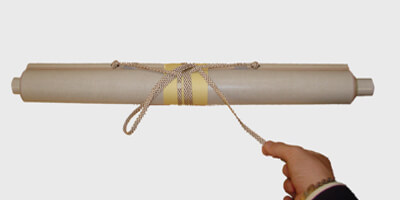
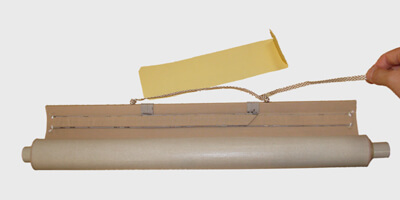
Untie the “makio” (a string connected to “kakeo”) and move it to the right side of the “kakeo” (a string attached to the top of the kakejiku). Next, take off the rolled paper known as the “makigami,” which is approximately 5 to 7 cm width and 20 to 25 cm long.
002
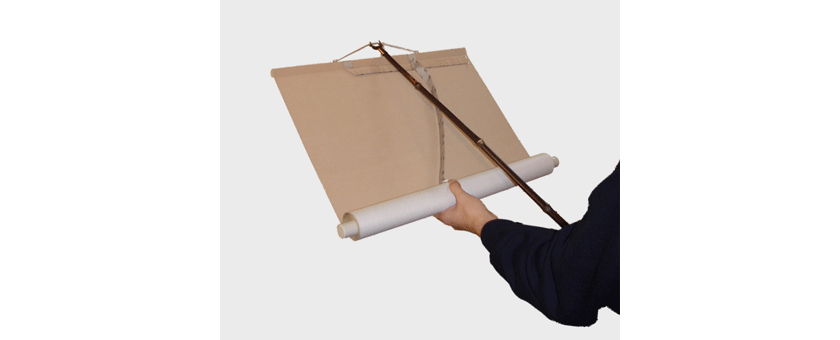
Hold the kakejiku in your left hand and hold a yahazu (a bamboo stick with a forked edge) in your right.
003
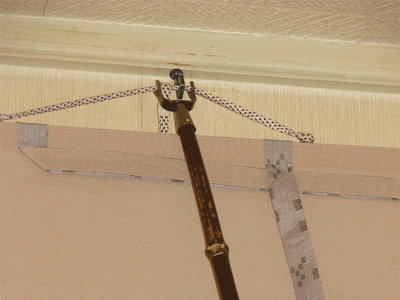
Hang the kakejiku on a nail or hook, and unroll it carefully downward.
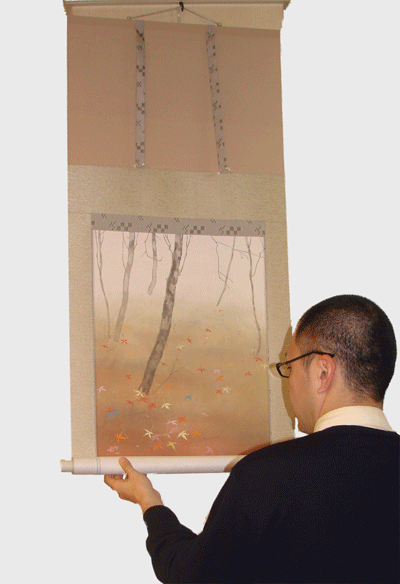
004
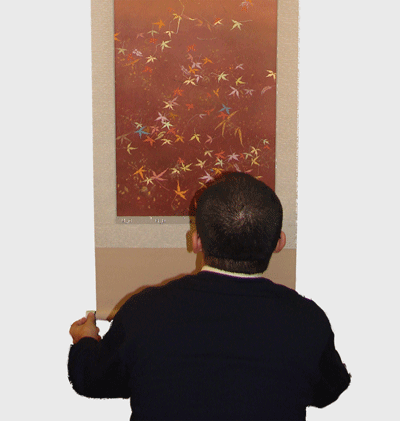
Finish unrolling the kakejiku down, and ensure that the left and right sides are level. Hang the “fuutai” (a pair of strips of cloth or paper hanging from the top) down, if necessary. Hang the “fuuchin” (a decorative wood or ceramic accessory used to prevent the kakejiku from swaying in the wind) on its “jikusaki” (a roller knob attached to the end of a roller rod), if necessary.
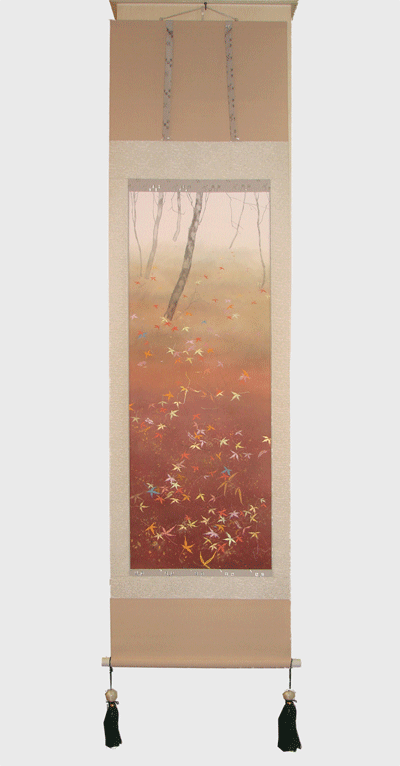
Useful Tools
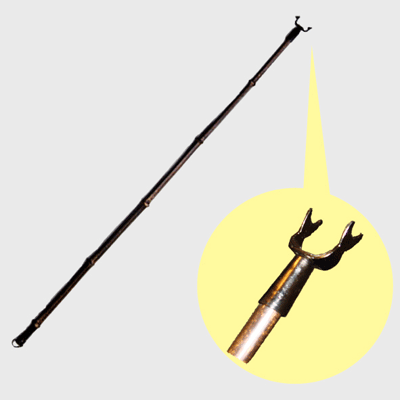
The tool known as the “yahazu” (the forked edge of a bamboo stick) is used to hang or put away a “kakejiku” (hanging scroll).
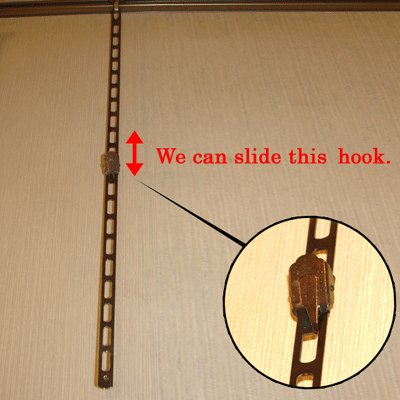
When a hook or nail is out of our reach or a kakejiku is short in height, a kakejiku can be hung using the “jizaikake” (height-adjustable stick).
How to Handle
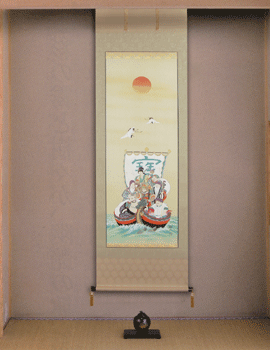 How to Display How to Display |
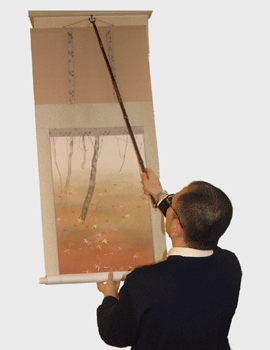 How to Put Away How to Put Away |
 Important Note Important Note |

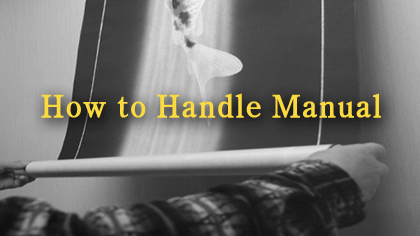 Download PDF: How to Handle Manual
Download PDF: How to Handle Manual